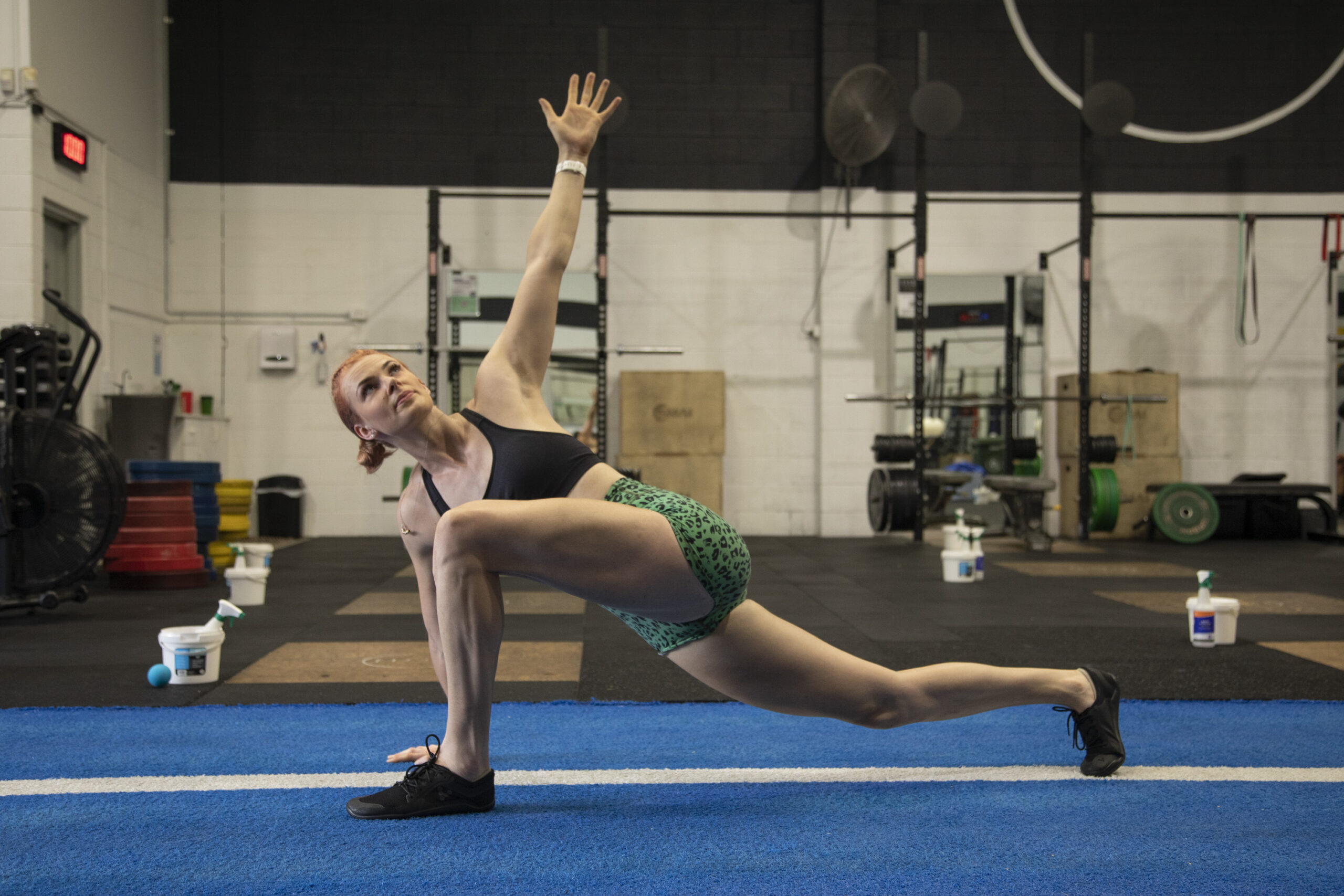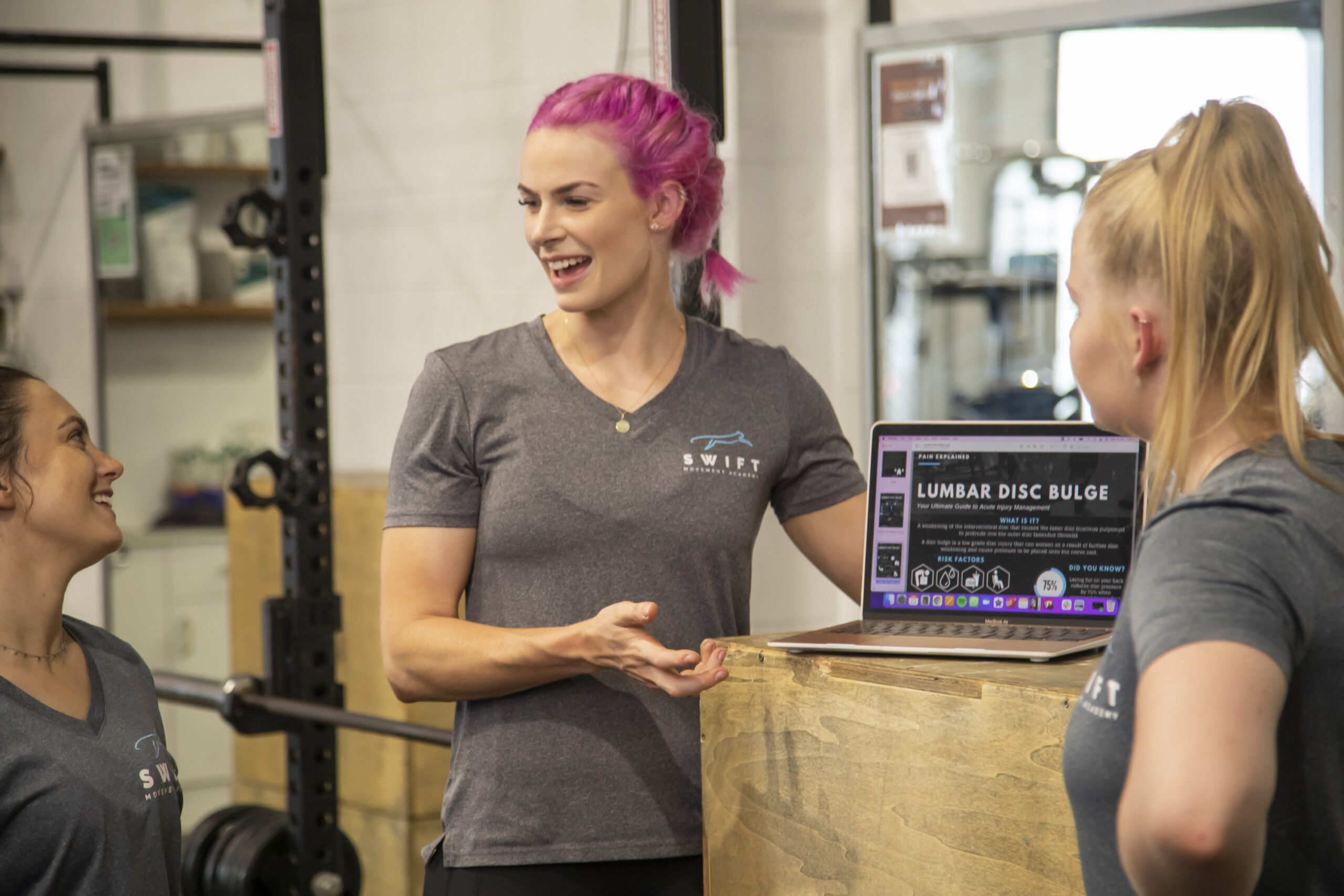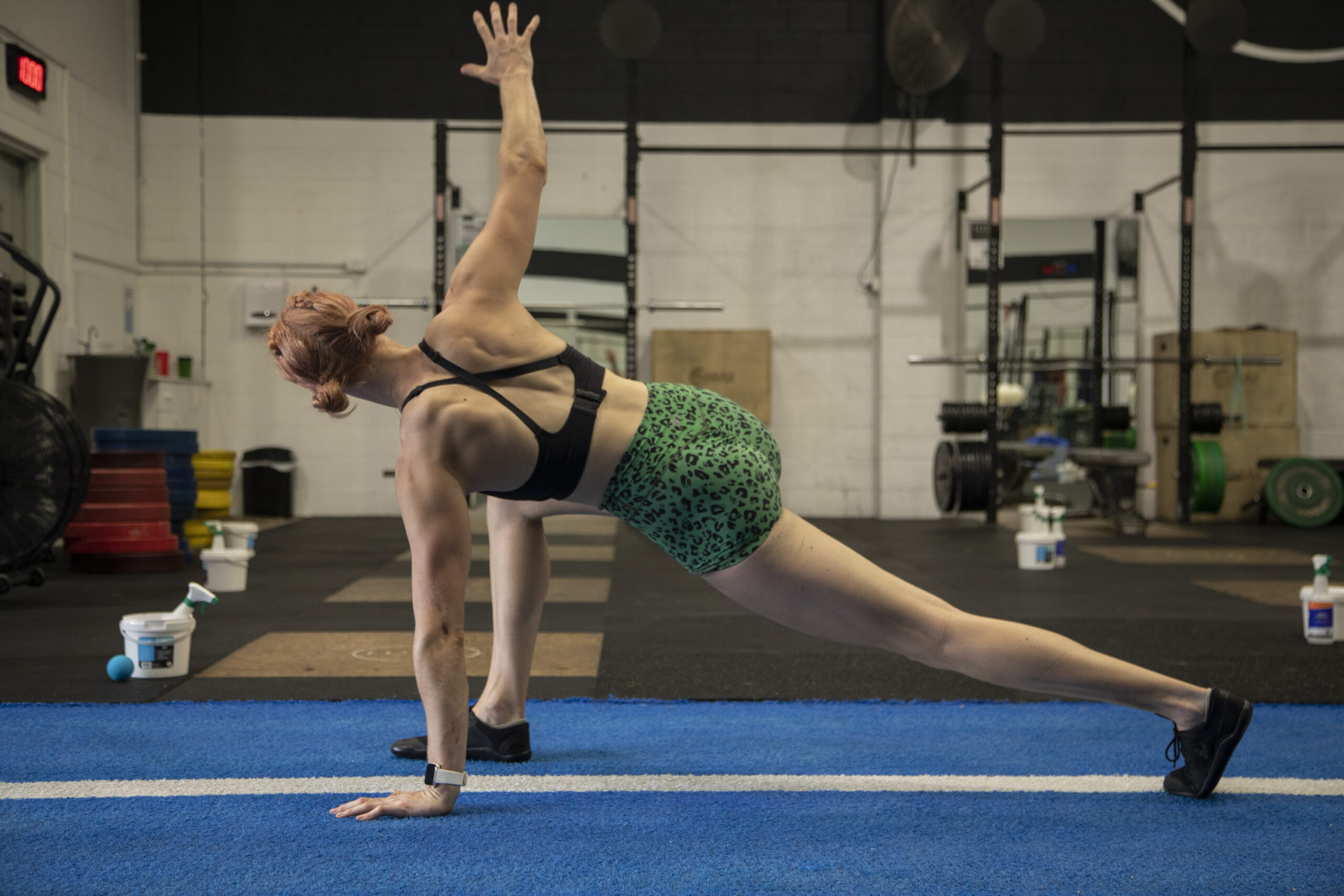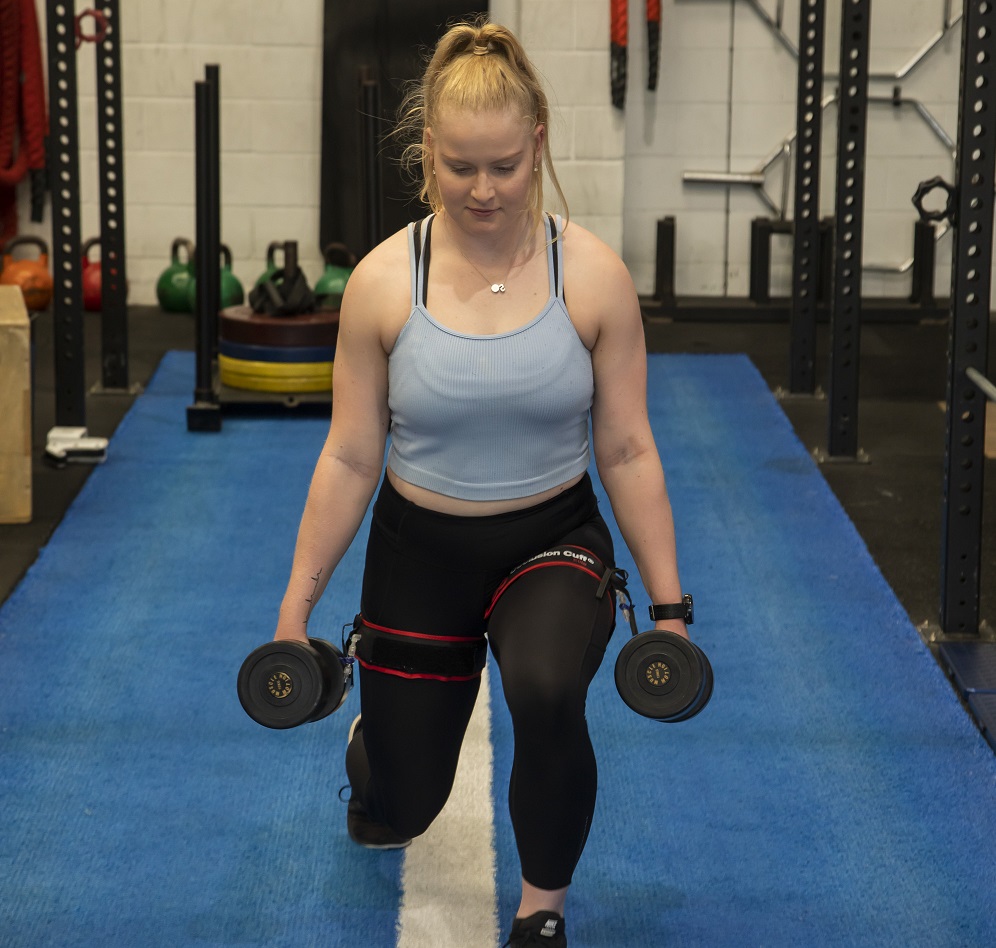When it comes to maximizing athletic performance, training the adductors – those crucial muscles primarily responsible for stability and assisted force production during leg movement – shouldn’t be overlooked. In this article, we’ll explore the importance of adductor training for strength and performance, and how it can take your athletic abilities to the next level.
Enhanced Stability and Balance: The Foundation for Optimal Performance
The adductors, including muscles like the adductor longus, adductor brevis, and adductor magnus, play a significant role in stabilizing the pelvis during movement. Strengthening these muscles enhances lower body control, ultimately assisting force production by allowing other muscles to perform maximally.
Preventing injuries and facilitating effective rehabilitation are paramount to maintaining optimal performance. Weak adductors and muscle imbalances increase the risk of lower body injuries, including groin strains and hip-related issues. Research has shown that adductor weakness is associated with an increased risk of injuries, especially in sports involving lateral movements or sudden changes in direction (Hewett et al., 2005). Engaging in specific exercises like lateral lunges, sumo squats, and other adductor-targeting movements can help improve stability and balance.
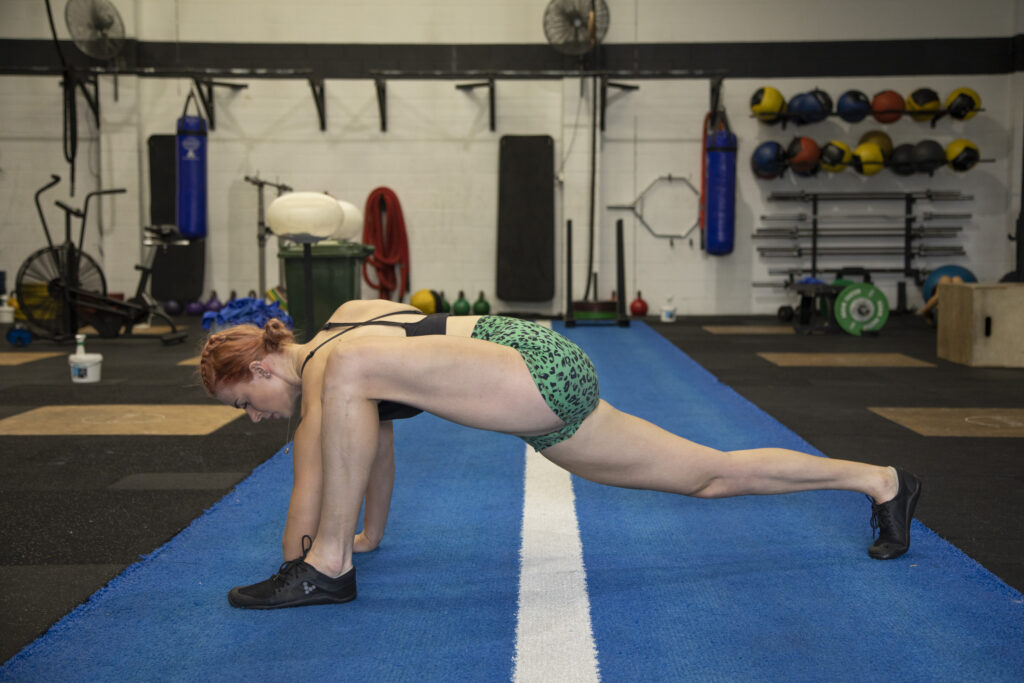
Increased Power and Explosiveness: Unlocking Athletic Potential
Power and explosiveness are vital for athletic success, and strong adductors are instrumental in generating force during lateral movements, cutting, and quick direction changes. Studies have emphasized the positive correlation between adductor strength and power output during dynamic actions (Kawamori et al., 2006) and therefore developing the adductors for strength and power output is recommended to increase athletic potential.
The same exercise used to strengthen the adductors for injury prevention can be used to optimize power and explosiveness as long as they are programmed appropriately; it’s worthwhile integrating exercises like lateral bounds, lateral sled pushes, and lateral plyometric jumps into your training routine. These exercises specifically engage the adductors, helping you develop the strength and power required for exceptional athletic performance.
Improved Speed and Agility: Elevating Performance Levels
Speed and agility are crucial in various sports. Strong adductors contribute to enhanced stride length, footwork speed, and running mechanics. Research has revealed that athletes with stronger adductors demonstrate superior stride mechanics and maximal sprinting speed (Bezodis et al., 2008). To boost your speed and agility, consider incorporating exercises such as lateral bounding drills, lateral shuffle drills, and resisted side stepping. These exercises challenge your adductors, promoting efficient multi-directional movements.
How to Optimize Adductor Health for Continued Performance:
1. Importance of Warm-up and Stretching: A proper warm-up plays a crucial role in preventing injuries and maximizing performance by preparing the body for physical activity and enhancing muscle flexibility, blood flow, and neuromuscular coordination. Proper warm-up routines, including dynamic stretching exercises, are vital for preparing the adductors and the entire body for training by increasing blood flow, warming up the muscles, and improving joint mobility, which helps reduce the risk of adductor strains and other injuries. Dynamic stretching exercises specifically target the adductors, promoting their flexibility and range of motion, which optimizes performance and enhances overall training effectiveness.
2. Core Stability and Adductor Interactions: Core stability and adductor strength are closely interconnected as the core muscles provide a stable base for efficient adductor function during movements. A strong core improves pelvic stability and alignment, allowing the adductors to generate more power and contribute to movements such as hip adduction and stabilization. Conversely, strong adductors assist in maintaining core stability during exercises like squats and lunges, reinforcing proper posture and reducing the risk of compensatory movements or injuries.
3. Training Progression and Periodization: To structure an effective training program for adductor development, start by implementing progressive overload, gradually increasing the intensity, duration, or resistance of exercises over time to challenge the adductor muscles and promote growth. Employ periodization techniques by dividing the training program into different phases, such as hypertrophy, strength, and power, to allow for proper adaptation and prevent plateauing. Lastly, ensure variety in the training routine like the aforementioned exercises to engage the muscles in different ways and stimulate overall development.
4. Flexibility and Mobility: Adductor flexibility and mobility play a vital role in athletic performance as they contribute to optimal movement patterns and joint stability. Maintaining a proper range of motion in the adductors allows for efficient force production, agility, and balance during activities that involve lateral movements, such as cutting, pivoting, or changing directions. Adequate adductor flexibility reduces the risk of strains or imbalances, enhances overall athletic abilities, and enables athletes to perform at their best while minimizing the likelihood of adductor-related injuries.
5. Recovery and Regeneration Strategies: Post-training recovery strategies for the adductor muscles are crucial for reducing muscle soreness and promoting optimal recovery. Techniques such as foam rolling can be beneficial for releasing tension and improving blood flow to the adductors, aiding in the removal of metabolic waste and promoting muscle repair. Additionally, incorporating static stretching and active recovery exercises specific to the adductors can help maintain flexibility, prevent stiffness, and expedite the recovery process. Utilizing these recovery modalities supports adductor muscle health and ensures athletes are ready to perform at their best in subsequent training sessions.
6. Nutritional Considerations: Proper nutrition is essential for adductor muscle development and recovery like any muscle. Adequate intake of key nutrients, particularly protein, supports muscle growth and repair, aiding in the recovery process after training. A well-balanced diet that includes lean protein sources, whole grains, fruits, and vegetables provides the necessary fuel and building blocks for optimal adductor function, enhancing performance and overall athletic abilities.
7. Sport-Specific Training Considerations: Different sports may require specific adductor training approaches tailored to their unique demands. In team sports that involve multidirectional movements, exercises focusing on adductor strength, power, and agility, such as lateral lunges or lateral bounds, may be emphasized. Individual sports, like martial arts or figure skating, may prioritize adductor flexibility and balance, incorporating exercises like side splits or single-leg adductor stretches. Endurance-based activities, such as distance running or cycling, may benefit from adductor exercises that improve muscular endurance, like lateral band walks or clamshells, to support stability and prevent fatigue-related imbalances. Adapting adductor training methods to the specific needs of the sport helps optimize performance and reduce the risk of sport-specific injuries.
Conclusion
Training your adductors is a crucial component of strength and performance enhancement. By focusing on adductor training, you improve stability, power, speed, and agility while minimizing the risk of injuries. Incorporate exercises like lateral lunges, lateral bounds, and Copenhagen adductor exercises to strengthen these important muscles.
Unlock your athletic potential by recognizing the significance of adductor training. Elevate your performance, reduce the risk of injuries, and unleash your full athletic capabilities. Prioritize your adductors, and witness the transformative impact it has on your strength, power, and overall athletic performance.
REFERENCES:
Hewett, T. E., Myer, G. D., Ford, K. R., Heidt, R. S., Colosimo, A. J., McLean, S. G., … & Succop, P. (2005). Biomechanical measures of neuromuscular control and valgus loading of the knee predict anterior cruciate ligament injury risk in female athletes: a prospective study. The American Journal of Sports Medicine, 33(4), 492-501.
Kawamori, N., Rossi, S. J., Justice, B. D., & Haff, E. E. (2006). In-season strength maintenance training increases well-trained collegiate female basketball players’ muscular performance. The Journal of Strength & Conditioning Research, 20(4), 813-818.
Bezodis, I. N., Kerwin, D. G., & Salo, A. I. (2008). Lower-limb mechanics during the support phase of maximum-velocity sprint running. Medicine and Science in Sports and Exercise, 40(4), 707-715.
